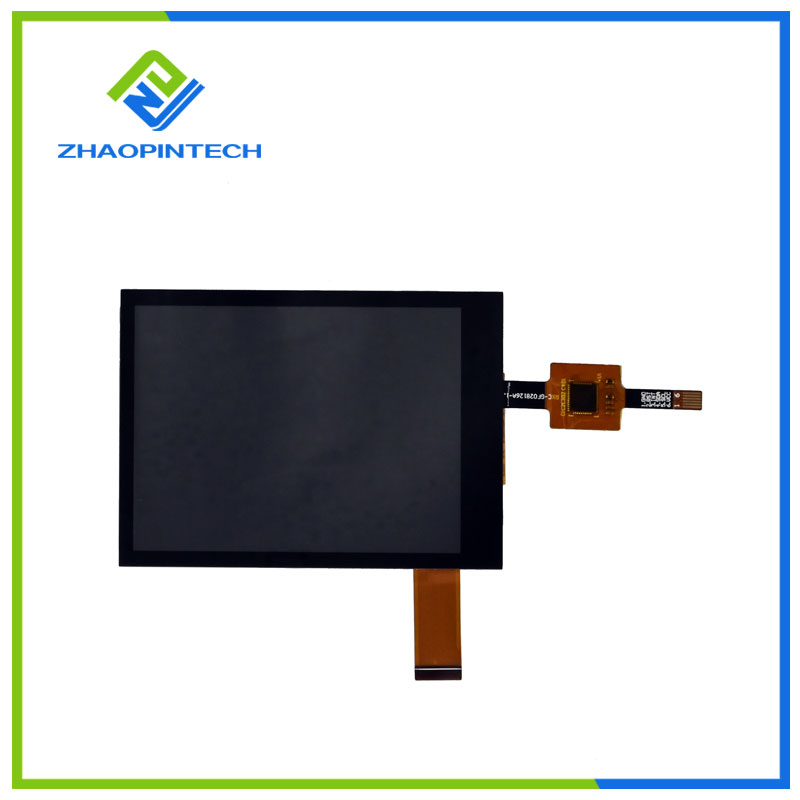Prototype Injection Mould
A prototype injection mold, also known as a prototype injection tool or mold, is a specialized mold used in the prototyping phase of product development to create a limited number of plastic parts for testing, evaluation, and validation purposes. It is a crucial step in the product development proce......
Send Inquiry
Product Description
A prototype injection mold, also known as a prototype injection tool or mold, is a specialized mold used in the prototyping phase of product development to create a limited number of plastic parts for testing, evaluation, and validation purposes. It is a crucial step in the product development process before committing to mass production using full-scale production molds.
Here's how the process of creating prototype injection molds typically works:
1. Design: The first step is to design the prototype mold based on the product's 3D CAD model. The design includes the shape, size, and features of the part to be molded.
2. Mold Creation: Once the prototype mold design is ready, it is fabricated using CNC machining or other rapid tooling methods. The prototype mold is typically made from materials like aluminum or other soft metals, as it doesn't require the same durability as production molds, and these materials are easier and faster to machine.
3. Injection Molding: The prototype mold is mounted on an injection molding machine. Plastic resin pellets are melted in the machine's heated barrel and injected into the mold cavity under high pressure.
4. Cooling and Ejection: The injected plastic is allowed to cool and solidify within the prototype mold. After cooling, the mold is opened, and the prototype parts are ejected from the mold.
5. Testing and Validation: The produced prototype parts are then examined, tested, and evaluated to ensure they meet design specifications and requirements. This phase helps identify any potential design flaws, manufacturing issues, or improvements needed before proceeding to mass production.
Benefits of prototype injection molds:
1. Faster Iteration: Prototype molds enable faster iterations of product designs, allowing for quicker feedback and improvements during the early stages of development.
2. Cost-Effective: Compared to full-scale production molds, prototype molds are more cost-effective for producing a limited quantity of parts for testing and validation.
3. Risk Reduction: Testing with prototype parts helps identify and address potential issues early on, reducing the risk of costly errors during mass production.
4. Customization: Prototype molds offer flexibility to modify and refine the design as needed without significant investments in production tooling.
Once the product design is refined and validated through the use of prototype injection molds, the final production molds can be created based on the optimized design. These production molds are typically made from more durable materials like steel and can handle higher volumes of production runs while maintaining consistent quality and precision.










